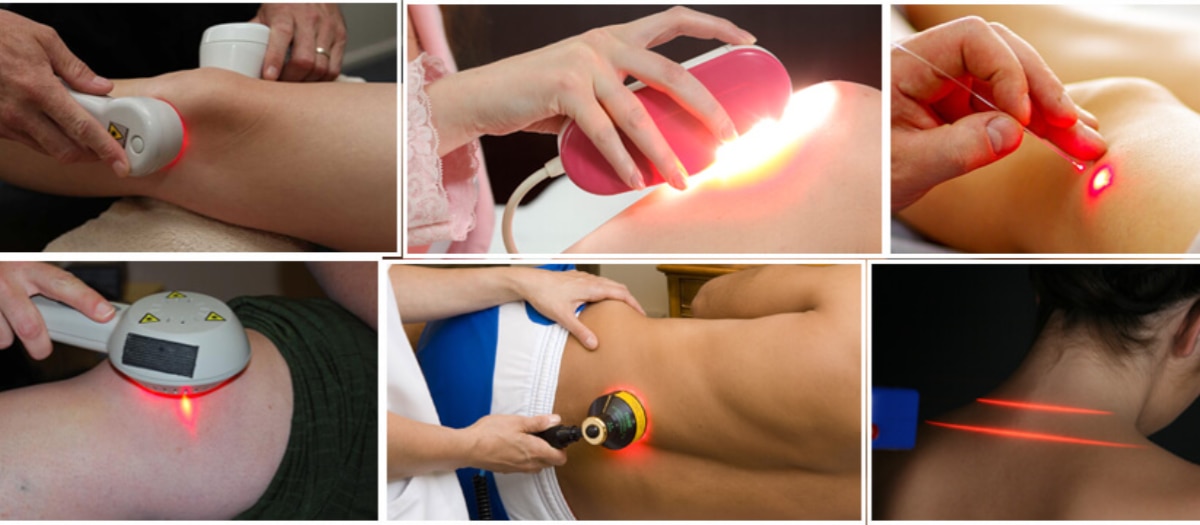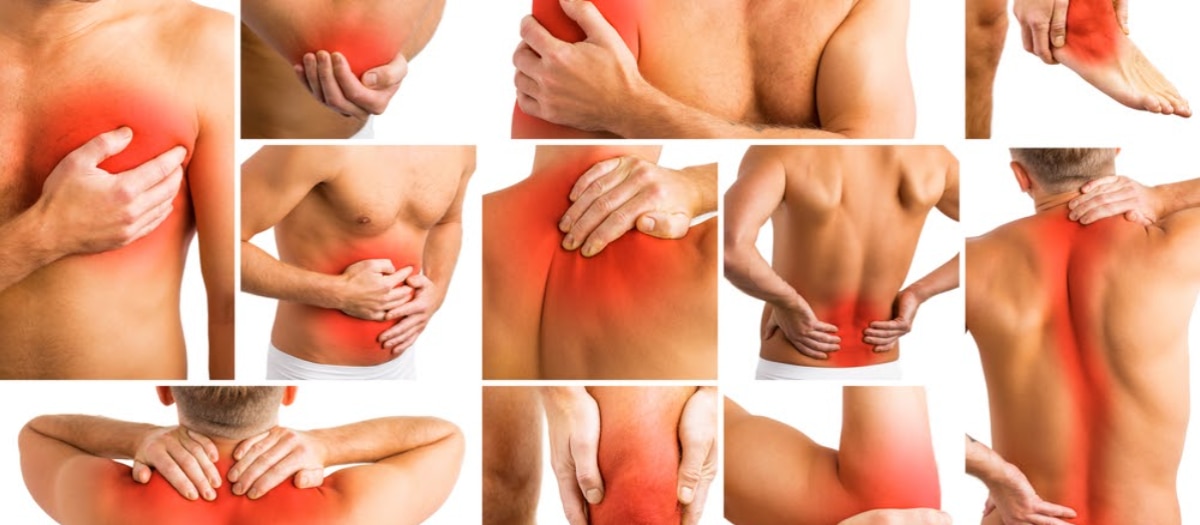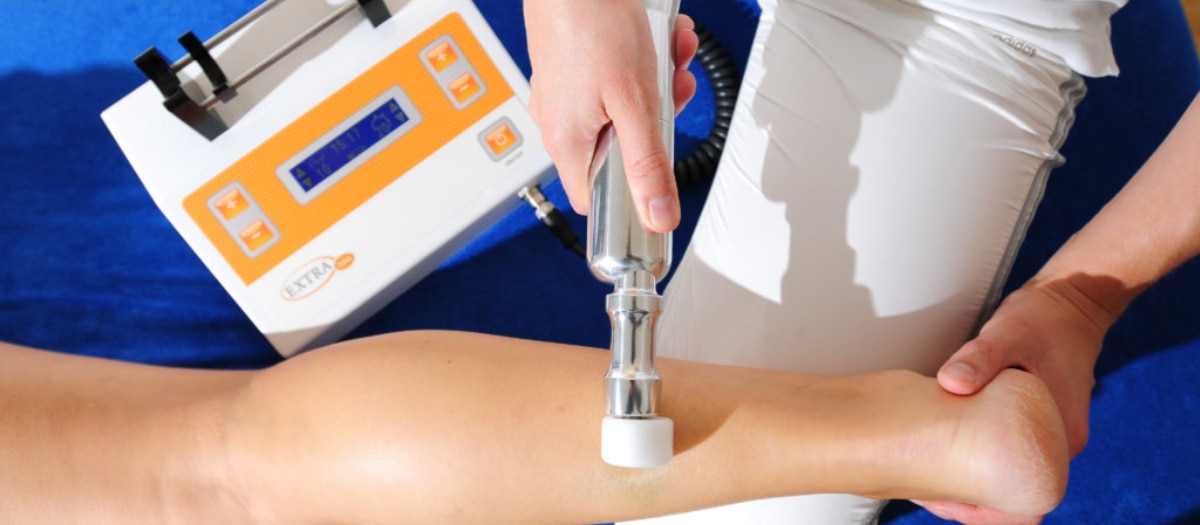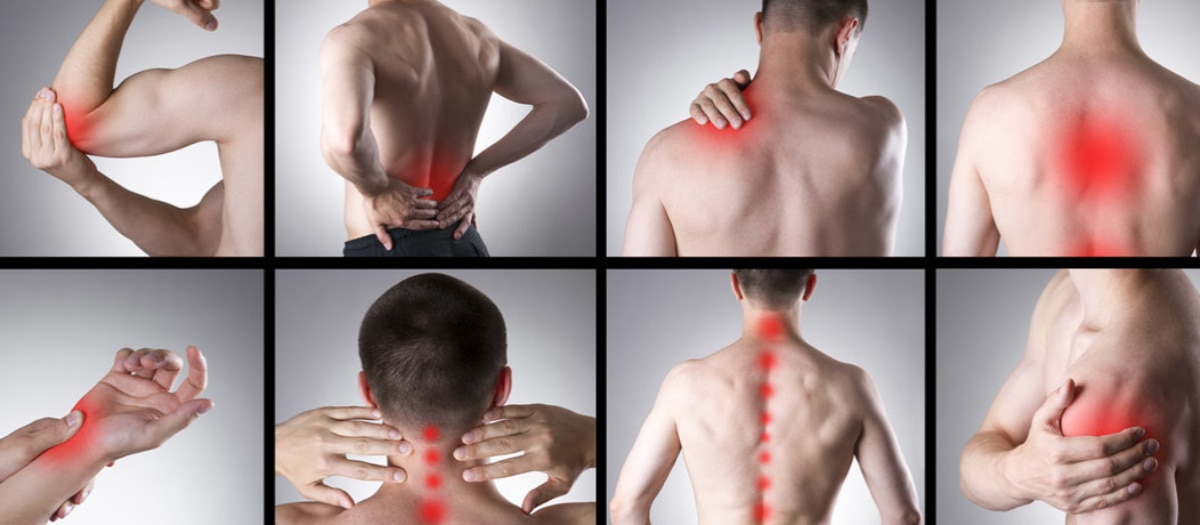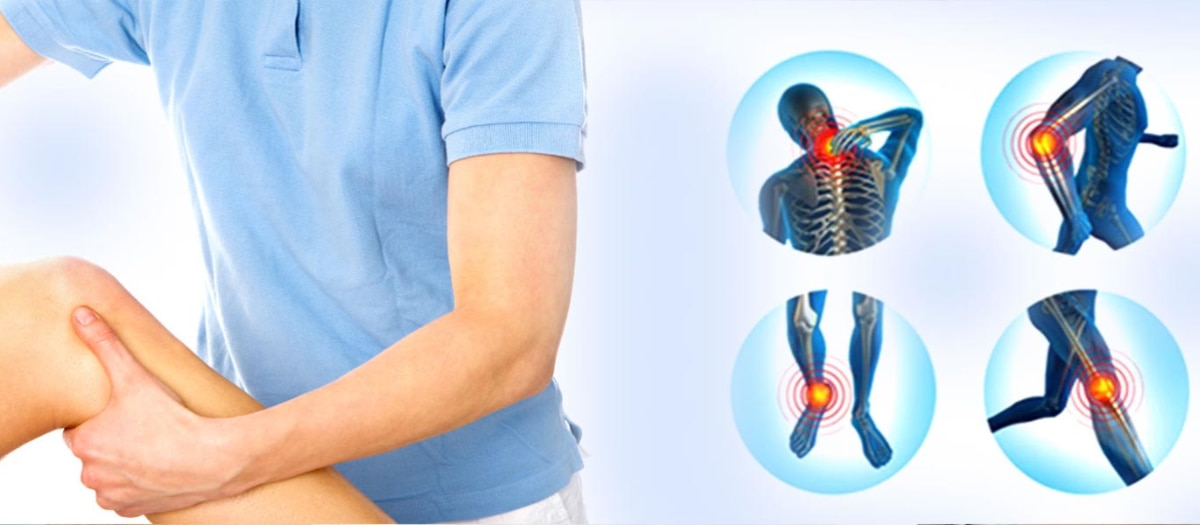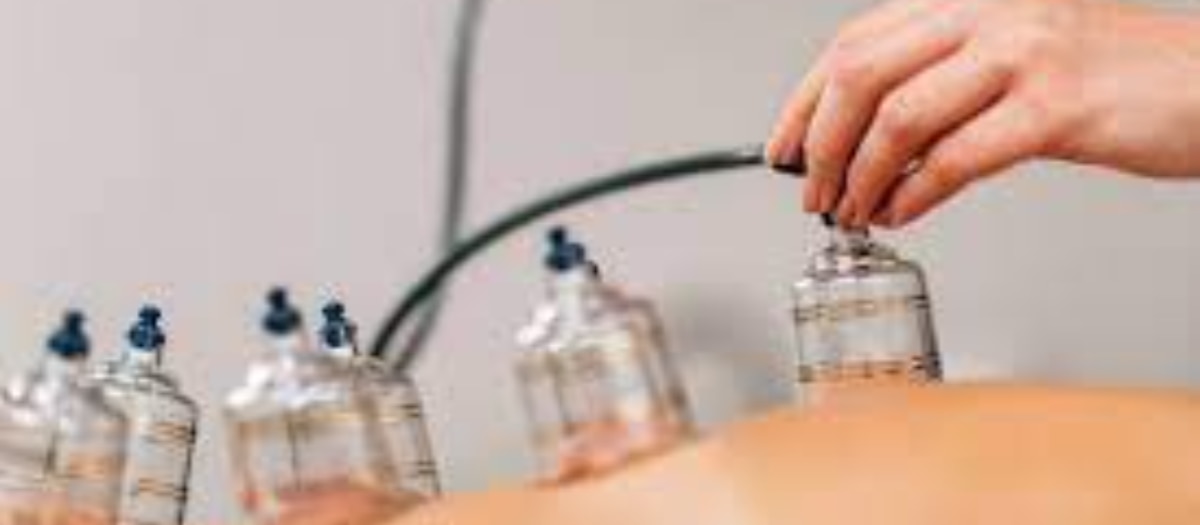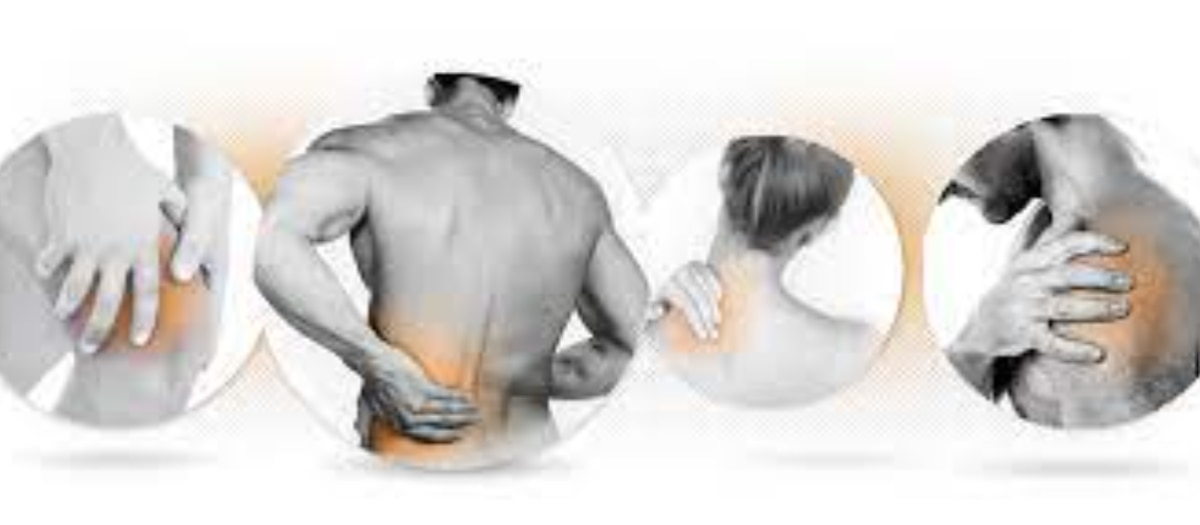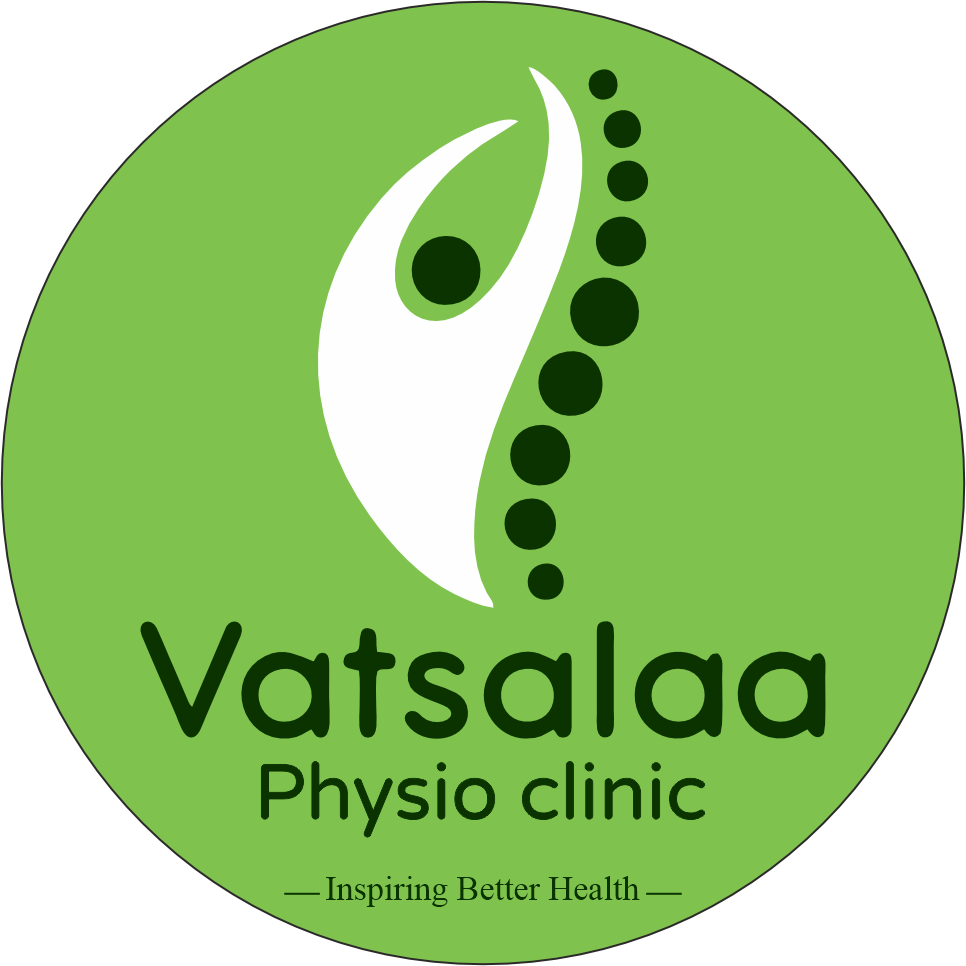Dry needling, also known as myofascial trigger point dry needling, is an alternative medicinetechnique similar to acupuncture. It involves the use of solid filiform needles for therapy ofmuscle pain, including pain related to myofascial pain syndrome.The American Physical Therapy Association defines dry needling as a technique used totreat dysfunction of skeletal muscle and connective tissue, minimize peripheral nociception(pain), and improve or regulate structural or functional damage.During dry needling, a practitioner inserts several filiform needles into your skin. Filiformneedles are fine, short, stainless steel needles that don’t inject fluid into the body. That’swhy the term “dry” is used.Practitioners place the needles in “trigger points” in your muscle or tissue. Dry needling isalso sometimes called intramuscular stimulation. The points are areas of knotted or hardmuscle. The needle helps release the knot and relieve any muscle pain or spasms. Theneedles will remain in your skin for a short period of time.Dry needling will inactivate myofascial triggers points by provoking a local twitch response(LTR), which is an involuntary spinal cord reflex in which the muscle fibers in the taut bandof muscle contract. The LTR indicates the proper placement of the needle in a trigger point.Dry needling that elicits LTRs improves treatment outcomes and may work by activatingendogenous opioids.The activation of the endogenous opioids is for an analgesic effectusing the Gate Control Theory of Pain.In addition to relieving myofascial trigger points,deep dry needling is also identified to decreases pain, increase range of motion, andminimize myofascial trigger point irritability.Dry needling may provide relief for some muscular pain and stiffness. In addition, easingthe trigger points may improve flexibility and increase range of motion. That’s why thismethod is often used to treat sports injuries, muscle pain, and even fibromyalgia pain.
READ MORE